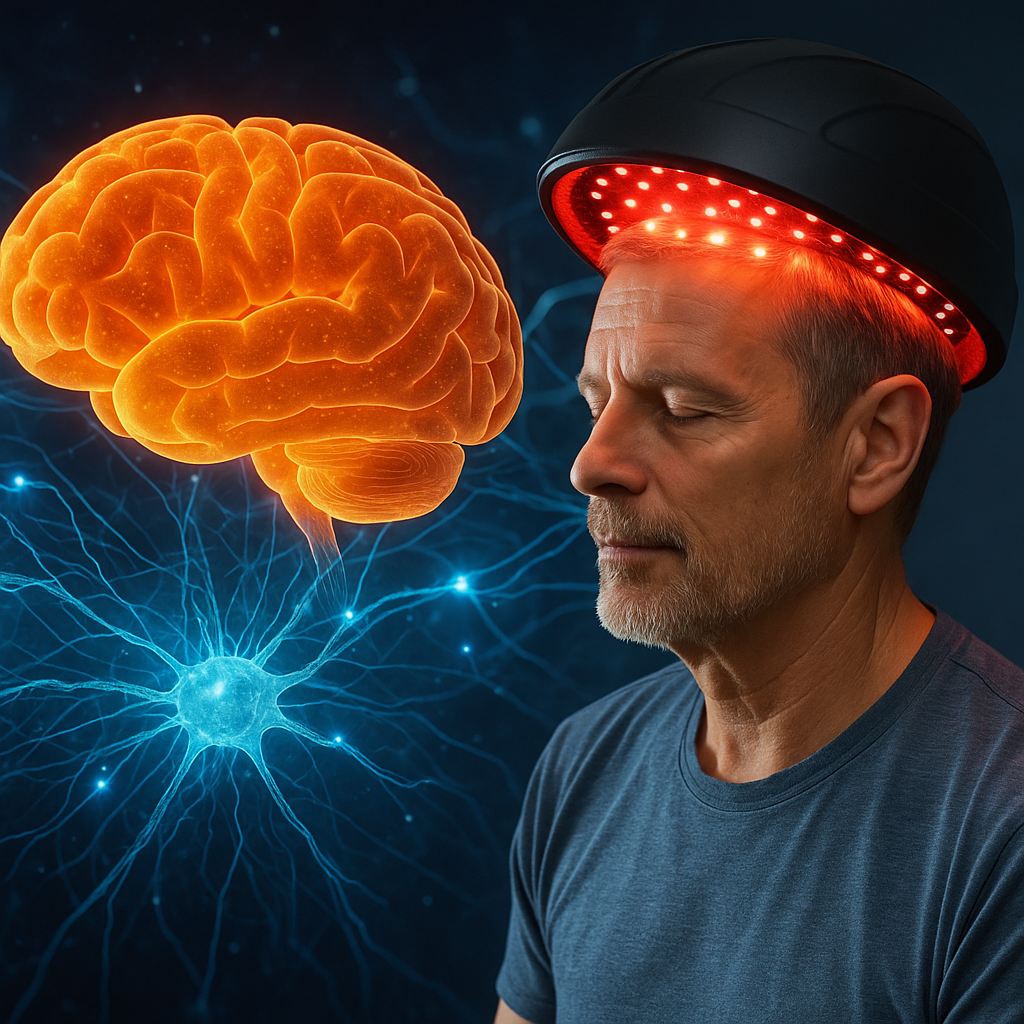News — transcranial laser therapy
How Photobiomodulation Therapy Supports Neurorehabilitation
ATP production brain healing brain inflammation brain injury recovery cognitive recovery light therapy brain LLLT low-level laser therapy mitochondrial healing neurodegenerative disease neuroplasticity neurorehabilitation neurotherapy PBM safety PBM therapy photobiomodulation red light therapy stroke rehabilitation transcranial laser therapy traumatic brain injury
Advances in neurological rehabilitation have taken a promising turn with the growing integration of light-based therapies, particularly photobiomodulation (PBM), also known as low-level laser therapy (LLLT). This non-invasive approach uses specific wavelengths of light to stimulate cellular repair, reduce inflammation, and enhance neuroplasticity—making it a novel tool in the recovery process for those with brain injuries, neurodegenerative diseases, and other neurological conditions.
By harnessing the power of red and near-infrared light, PBM can penetrate the skull and deliver energy directly to neurons and glial cells. Unlike surgical or pharmaceutical interventions, PBM works by modulating mitochondrial activity and cellular signaling pathways, facilitating a wide range of therapeutic outcomes. This article explores how photobiomodulation is transforming the landscape of neurorehabilitation, what the research says, and how it can be applied in clinical and home settings.

